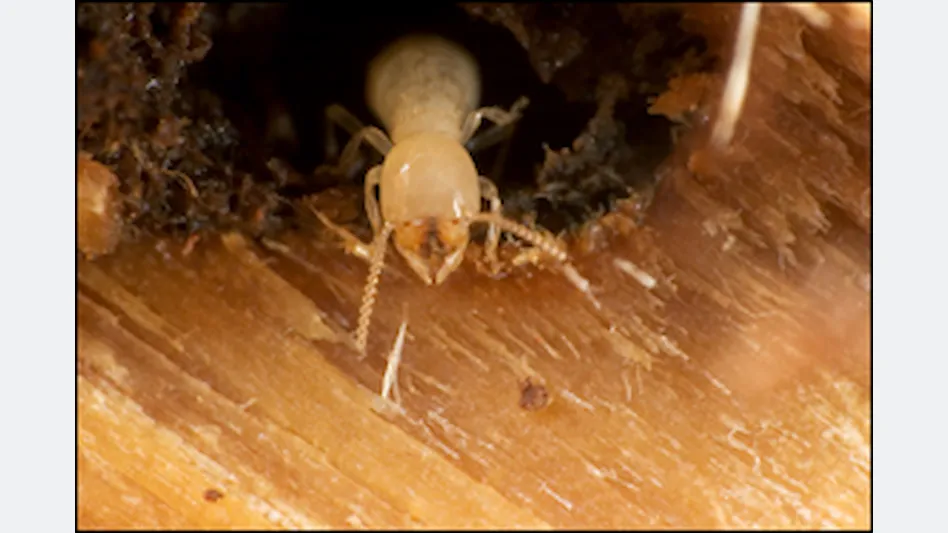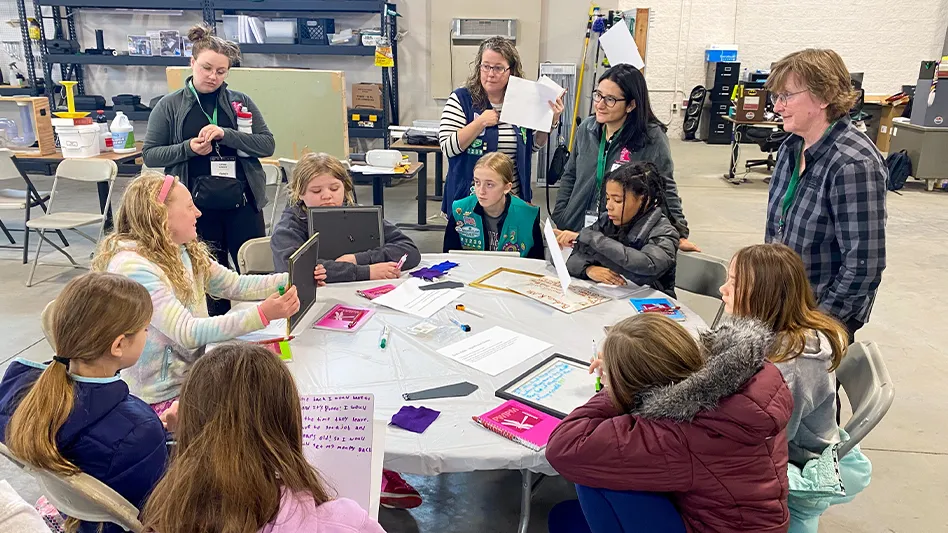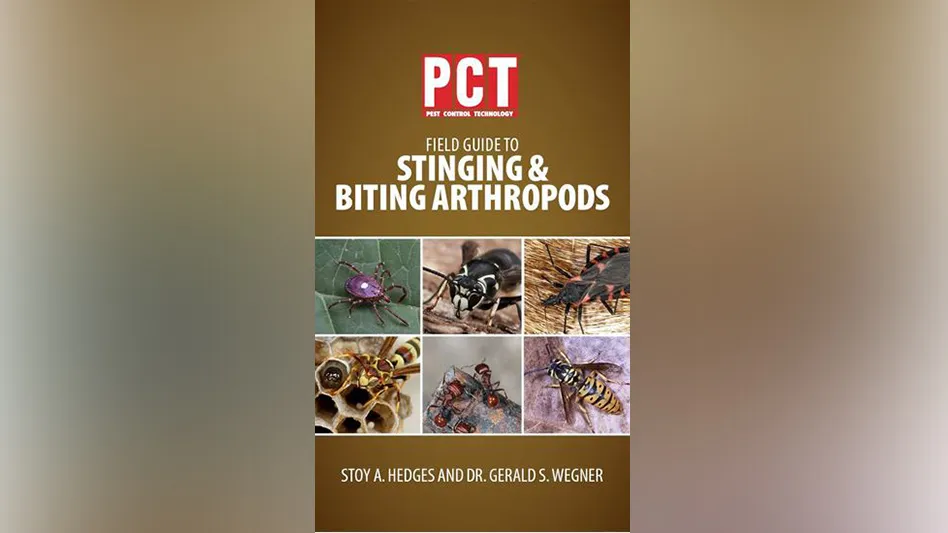
Researchers from the California Institute of Technology (Caltech) have now discovered a previously unidentified bacterium — living on the surface of a larger microorganism in the termite gut — that may be responsible for most gut acetogenesis.
When termites munch on wood, the small bits are delivered to feed a community of unique microbes living in their guts, and in a complex process involving multiple steps, these microbes turn the hard, fibrous material into a nutritious meal for the termite host. One key step uses hydrogen to convert carbon dioxide into organic carbon -- a process called acetogenesis -- but little is known about which gut bacteria play specific roles in the process. Utilizing a variety of experimental techniques, researchers from the California Institute of Technology (Caltech) have now discovered a previously unidentified bacterium -- living on the surface of a larger microorganism in the termite gut -- that may be responsible for most gut acetogenesis.
"In the termite gut, you have several hundred different species of microbes that live within a millimeter of one another. We know certain microbes are present in the gut, and we know microbes are responsible for certain functions, but until now, we didn't have a good way of knowing which microbes are doing what," says Jared Leadbetter, professor of environmental microbiology at Caltech, in whose laboratory much of the research was performed. He is also an author of a paper about the work published the week of September 16 in the online issue of the Proceedings of the National Academy of Sciences (PNAS).
Click here to read the entire article.
Source: Science Daily
Latest from Pest Control Technology
- Gaining Control of Structure-Infesting Carpenter Ants
- Big Blue Bug’s Brian Goldman Receives Rhode Island Small Business Person of the Year Award
- UF Researchers Examine How Much Bait it Takes to Eliminate a Subterranean Termite Colony
- Women in Pest Control Group Continues to Grow, Provide Opportunities in the Industry
- NPMA Announces Results of 2024-2025 Board of Directors Election
- Massey Services Acquires Orange Environmental Services
- Hawx Pest Control Wins Bronze Stevie Award for Sustainability
- Abell Pest Control Highlights Growing Tick Activity Across Canada





